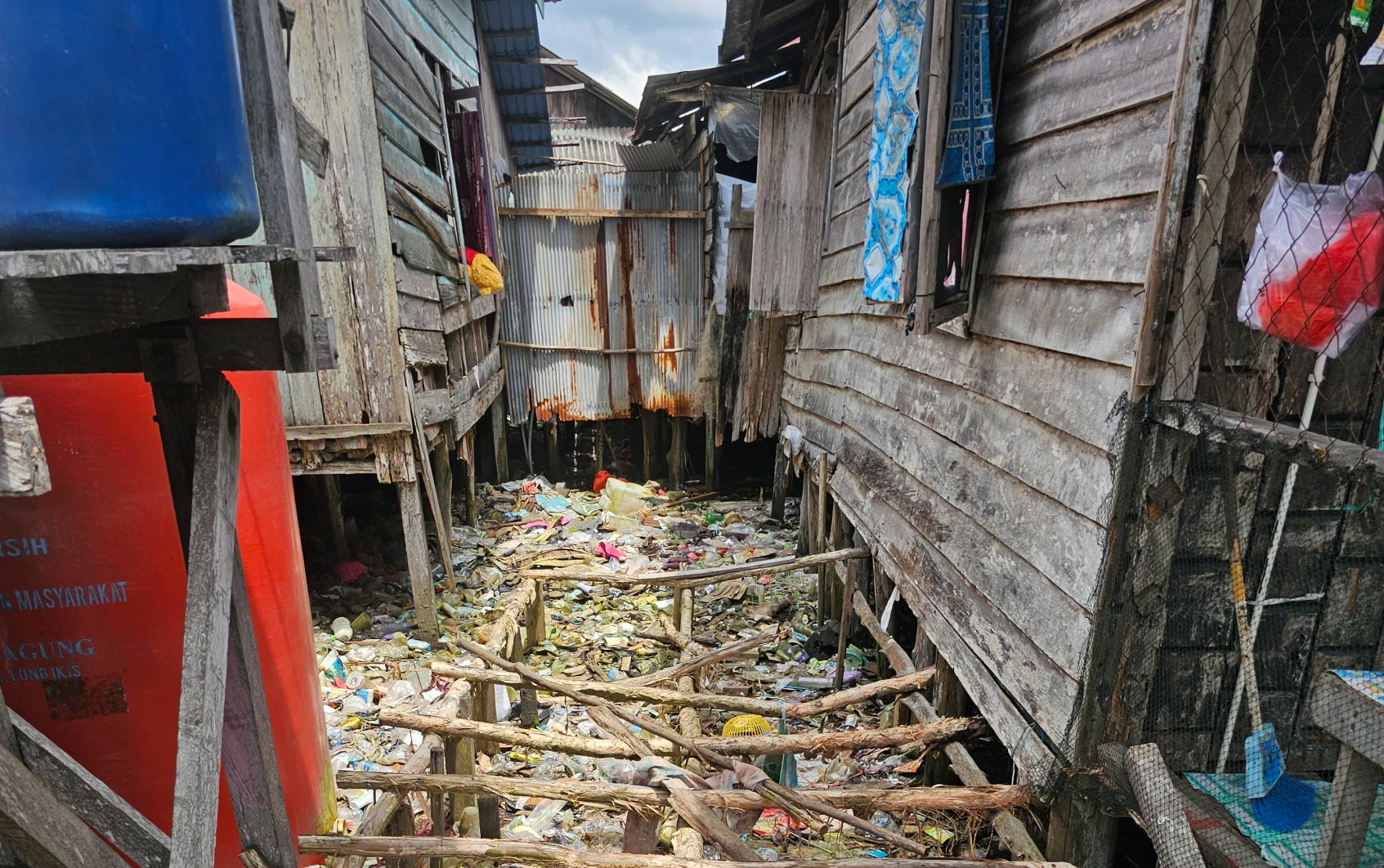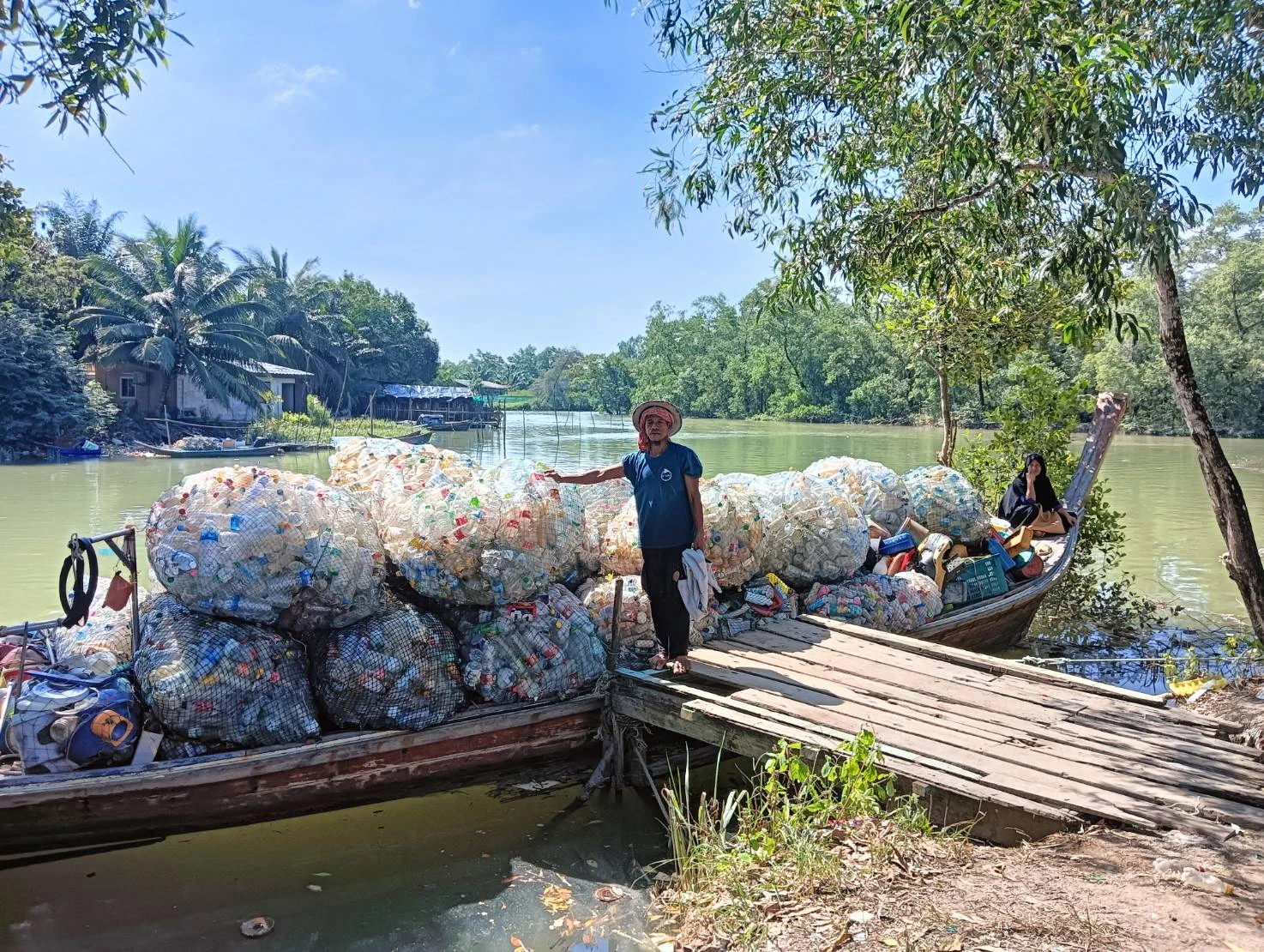
Trang Circular Coastline - Thailand
In the harder-to-reach coastal areas of Trang province, Second Life goes the extra mile to collect ocean-bound plastic where few others can.
151 MT
of ocean plastic waste collected and recycled in 2024.
297
local collectors in 2024.

What we do
Annually, our collaborative efforts in Trang yield over 151 metric tons of ocean and ocean-bound plastics, efficiently sorted and recycled by Wongpanit Krabi. The active participation of more than 297 local collectors registered under Second Life’s program in Trang reflects a strong, shared commitment to cleaning coastal areas, protecting marine ecosystems, and driving the recycling of ocean-bound plastic.
Where you can find us
We operate across the coastal communities and surrounding islands of Trang province, including Koh Libong and Koh Mook.









